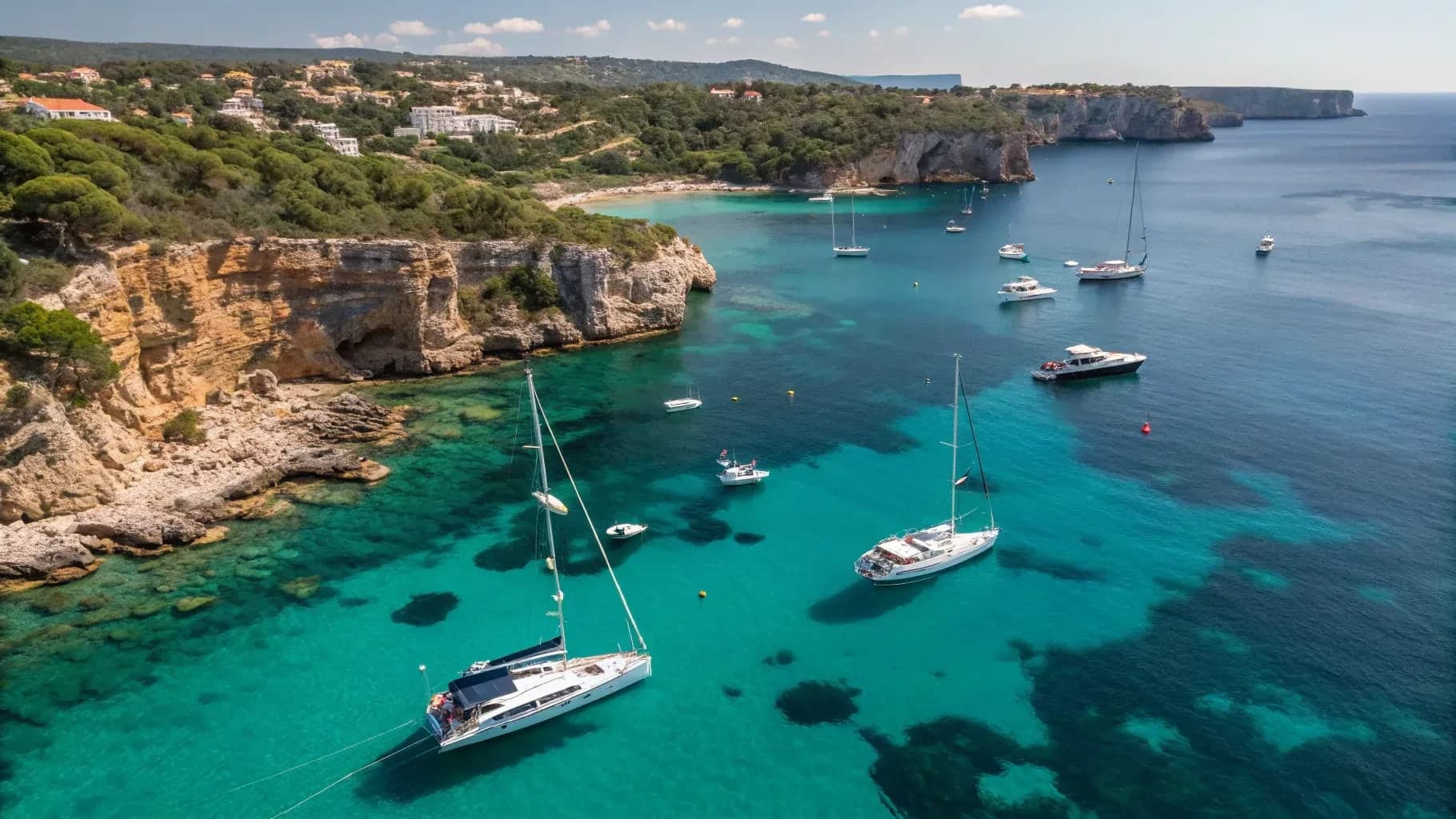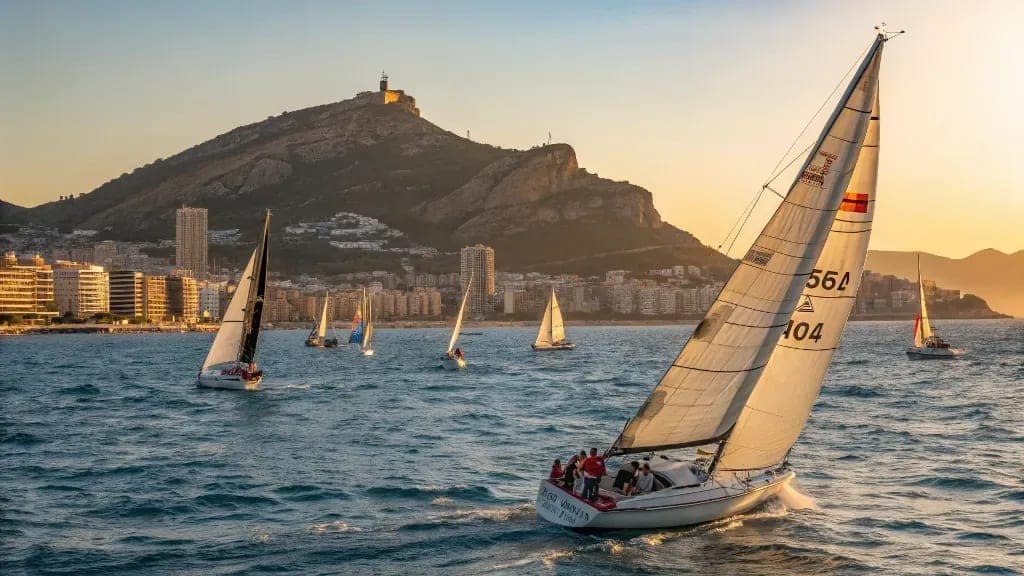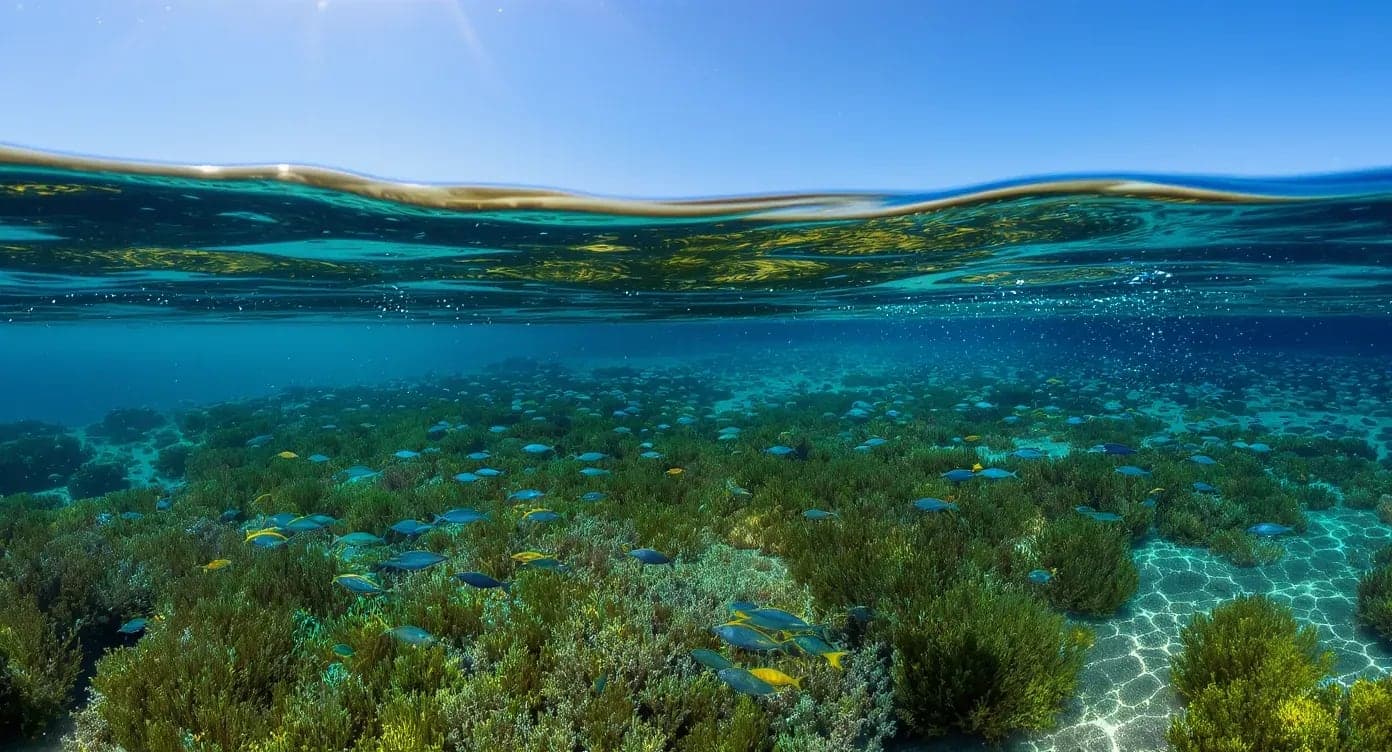The coastline of Marina Alta, home to renowned destinations such as Dénia, Jávea, and Calpe, is one of the most popular nautical tourism areas in the Mediterranean. However, in recent months, the enforcement of a new regional decree for the protection of Posidonia has raised concerns within the sector—especially due to the lack of available mooring buoys, a key infrastructure element needed to comply with the environmental regulations without compromising vessel operations.
Protecting Posidonia: Obligation and Opportunity
Posidonia oceanica is a seagrass species endemic to the Mediterranean Sea that plays a critical ecological role: it oxygenates the water, protects the coastline, and shelters countless marine species. For this reason, the Valencian Regional Government has strengthened anchoring regulations for recreational boating, prohibiting anchoring over Posidonia meadows.
According to Decree 64/2022, promoted by the Regional Ministry of the Environment, anchoring is only permitted on sandy seabeds or in authorized buoy fields. To ensure compliance, a Special Posidonia Surveillance Service has been established, based in Jávea.
The Issue: Not Enough Buoys
The nautical sector fully supports the need to protect the marine ecosystem, but highlights a lack of planning in implementing the regulation. Ricardo Burriel, president of the Marina Alta Nautical Tourism Association (ATNMA), pointed out that:
- Between Dénia and Calpe, there are approximately 4,000 vessels needing anchorage.
- However, there are currently just over 100 mooring buoys available in that area.
- Many of the traditional anchoring zones are covered with Posidonia, meaning that the new law drastically limits accessible areas without offering clear alternatives.
This situation places unsustainable pressure on the few existing buoys and threatens both the visitor experience and the viability of many charter companies, especially during peak season.
Ongoing Measures: Long-Term Solutions or Temporary Fixes?
In light of this, dialogue has been initiated between the private sector, coastal municipalities, and regional authorities. Some announced measures include:
1. Expansion of eco-friendly buoy fields
- In Jávea, 20 new mooring buoys have been announced in the Cap Negre area.
- In the Cabo de San Antonio Marine Reserve, an additional 35 buoys are planned, all following ecological criteria.
2. Proposal for a joint Working Group
- ATNMA has proposed creating a technical working group involving the Regional Ministries of Environment and Tourism, local councils, and sector representatives.
- The goal is to find consensual and technically viable solutions before the summer peak.
3. Awareness and education campaigns
- In parallel, campaigns are being launched to educate boaters on proper use of buoys and how to identify Posidonia zones, promoting a more sustainable nautical tourism model.
What Does This Mean for Nautical Tourism in Alicante?
Although the issue primarily affects Marina Alta, the conflict between environmental regulation and nautical activity extends along the entire Alicante coast. From the perspective of boat owners, skippers, and charter companies, the following strategies become increasingly important:
- Careful planning of routes and anchorages, especially in protected areas.
- Proactive communication with clients to manage expectations about accessible sites.
- Adjusting offerings toward permitted routes or sailing-only experiences (without anchoring).
- Investing in environmental training, for both staff and guests.
Conclusion: Protection and Adaptation Must Go Hand in Hand
Protecting Posidonia is not just a legal requirement—it is a shared responsibility toward the marine environment that sustains nautical tourism. However, protection must be accompanied by sufficient, well-planned infrastructure, so that the transition to a sustainable model does not endanger local businesses.
In this context, Alicante must also begin preparing for these challenges. The experience in Marina Alta should serve both as a warning and an opportunity to foster a responsible, resilient, and future-oriented nautical sector.



